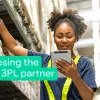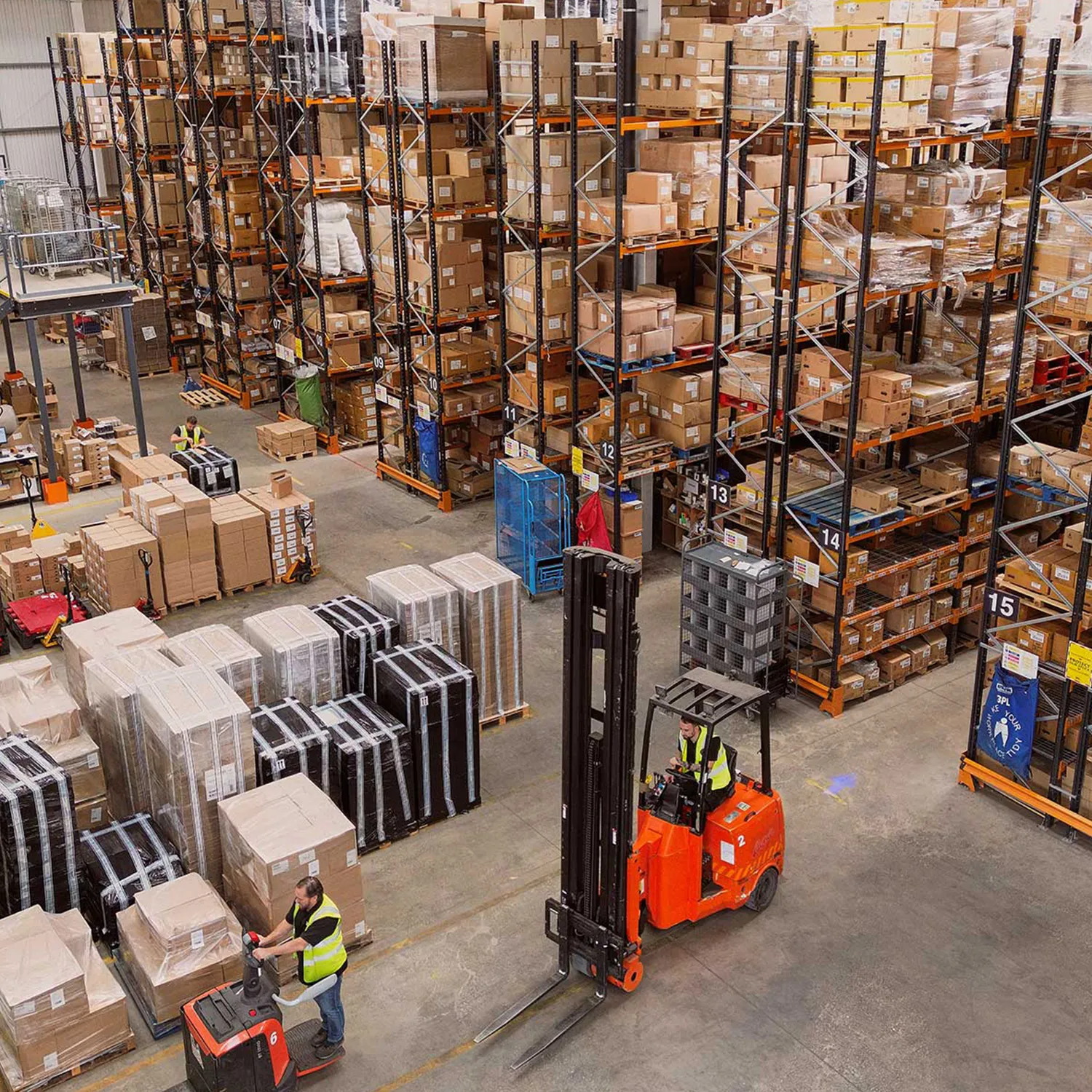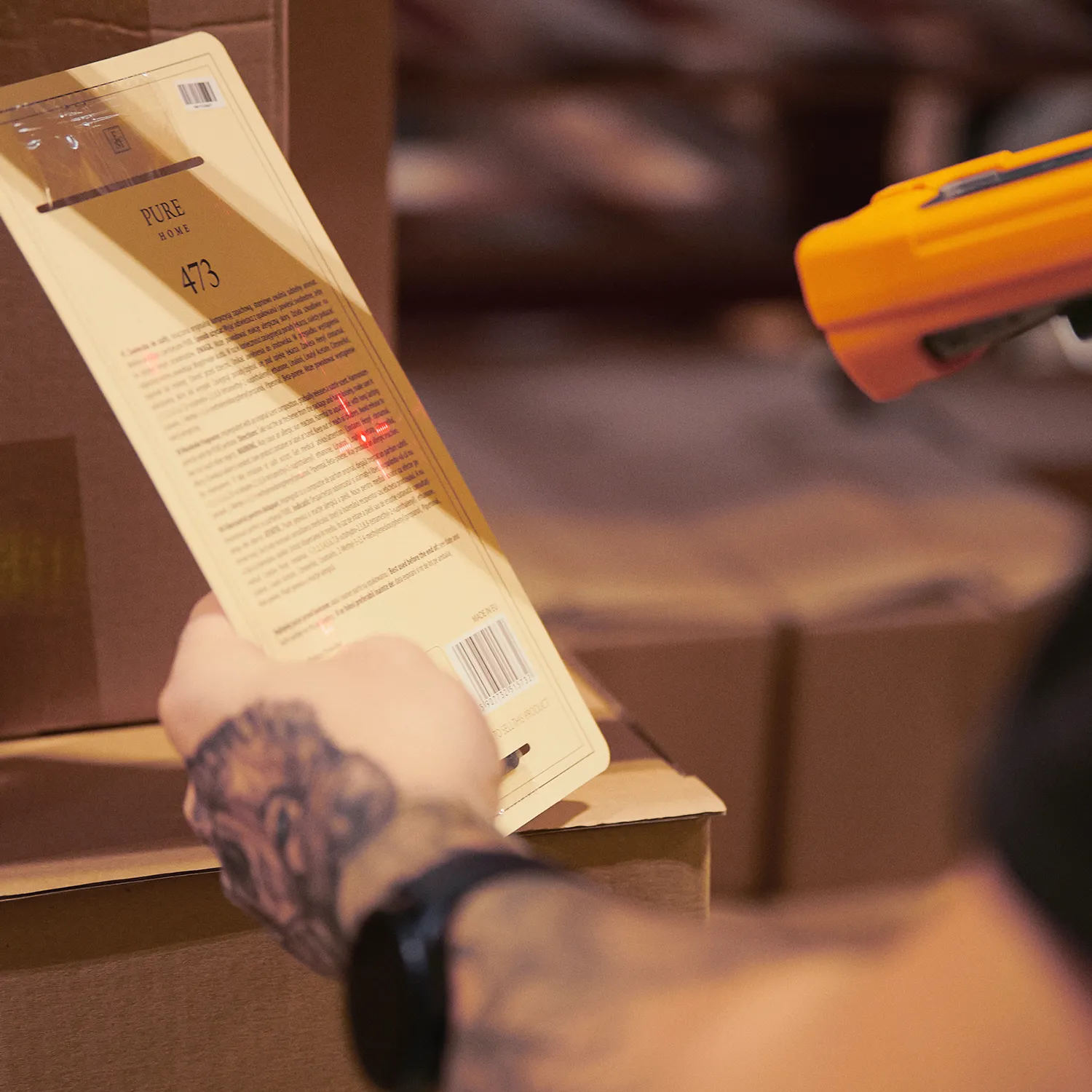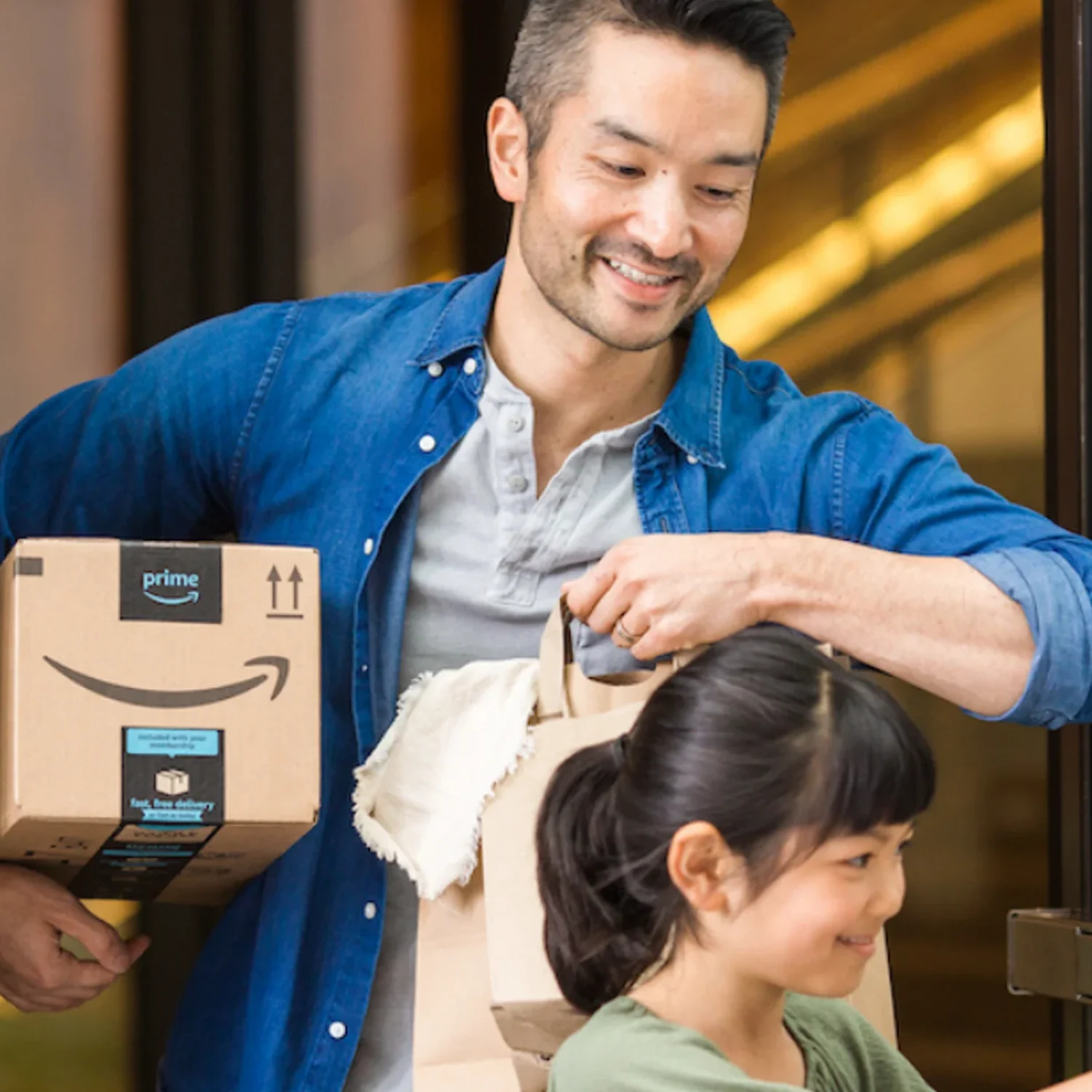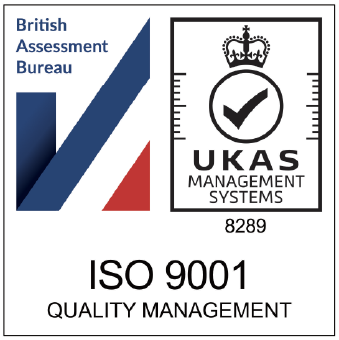Article Overview
- Omnichannel fulfilment connects online and offline sales channels into a single fulfilment operation.
- It gives brands real-time inventory visibility and prevents overselling across platforms.
- Centralised stock supports click-and-collect, in-store fulfilment, and multichannel delivery.
- Returns and exchanges are simplified with unified systems, improving customer experience.
- Fulfilment providers like 3PL offer the tech and workflows to manage complex omnichannel operations efficiently.
Connecting the dots across every sales channel
Retail has changed. Customers don’t shop in straight lines – they browse on social media, compare on your website, and buy in-store or vice versa. Your fulfilment operation needs to reflect that reality.
Omnichannel fulfilment is the glue that ties together your sales platforms, marketplaces, and physical stores. It allows you to manage inventory centrally, ship from multiple locations, and give customers seamless experiences whether they’re shopping online, picking up in-store, or returning via post.
At 3PL, we help brands unify their stock, orders, and returns through our fulfilment platform, Fusion – built to serve the demands of modern multichannel retail.
What omnichannel fulfilment actually looks like
Inventory pooled across channels
Instead of siloed inventory for your website, Amazon, TikTok Shop, or physical store, you use a single stock source. Every channel pulls from the same pool, with inventory updated in real time as sales happen.
This eliminates overselling, stockouts, and the need to split inventory across systems.
Orders routed intelligently
When an order comes in, it’s routed to the most efficient fulfilment location. For example:
- Online orders are shipped from the central warehouse
- In-store pickup orders are fulfilled from the nearest retail location
- Some SKUs are dropshipped from a partner supplier
This reduces delivery times, shipping costs, and environmental impact.
Returns processed through a single workflow
Whether a customer bought from your website, Amazon, or in a store, returns go through the same system. This means faster refunds, centralised data, and fewer customer service headaches.
Fusion lets you set return reasons, restocking rules, and automated notifications – regardless of where the item was purchased.
Why omnichannel fulfilment boosts sales
It enables a consistent brand experience
Consistency builds trust. If customers can access stock availability across channels, collect in-store, or return online orders at your shop, they feel more confident buying from you.
This translates into higher conversion rates, especially during high-traffic periods like Black Friday or gifting seasons.
It unlocks more delivery and collection options
Click-and-collect, same-day despatch, and even store-to-door options become possible when your systems talk to each other. Customers want choice – omnichannel fulfilment lets you offer it.
In fact, studies show 60% of customers are more likely to buy from retailers who offer flexible fulfilment options.*
It supports growth into new markets
Selling on marketplaces like Amazon and TikTok Shop is an easy way to reach new audiences. But without centralised fulfilment, it quickly becomes messy.
With omnichannel infrastructure, you can plug new platforms into your existing fulfilment logic – no need to reinvent your process for every new sales channel.
Real-world example: lifestyle brand scaling online and offline
A UK-based lifestyle brand selling via Shopify, Amazon, and a growing network of concept stores used 3PL to bring their fulfilment under one roof.
We integrated their retail POS, website, and marketplace accounts into Fusion. Now:
- Inventory updates across all channels in real time
- Online orders are shipped from the warehouse
- In-store stock is replenished automatically
- Returns from any channel go through one system
This allowed them to expand into three new retail spaces while growing online sales by 32% YoY without fulfilment breakdowns.
What to look for in an omnichannel-ready fulfilment provider
Tech that connects everything
Your fulfilment partner must integrate with your eCommerce platforms, POS systems, marketplaces, and courier partners. Without real-time syncing, omnichannel doesn’t work.
Fusion connects with:
- Shopify
- WooCommerce
- Amazon
- TikTok Shop
- eBay
- EPOS and retail stock systems
Support for in-store replenishment and collection
Omnichannel means more than shipping from a warehouse. Your fulfilment partner should:
- Restock physical stores based on real-time sales
- Route online orders to stores for pickup
- Manage inventory transfers between locations
Returns and refund flexibility
A modern customer might buy online, collect in-store, and return by post. Your systems need to support this flow seamlessly. At 3PL, we build return workflows that adapt to each sales channel while keeping everything unified.
Make your fulfilment strategy as flexible as your customers
Customers move between platforms and stores with ease – your fulfilment should do the same.
Speak to 3PL about building a connected fulfilment solution that works across every channel you sell on.
Speak to 3PL about your order fulfiment
It’s time to supercharge your business and overtake your competitors. Speak to 3PL today and find out how we can take your ecommerce and B2B fulfilment to the next level.

